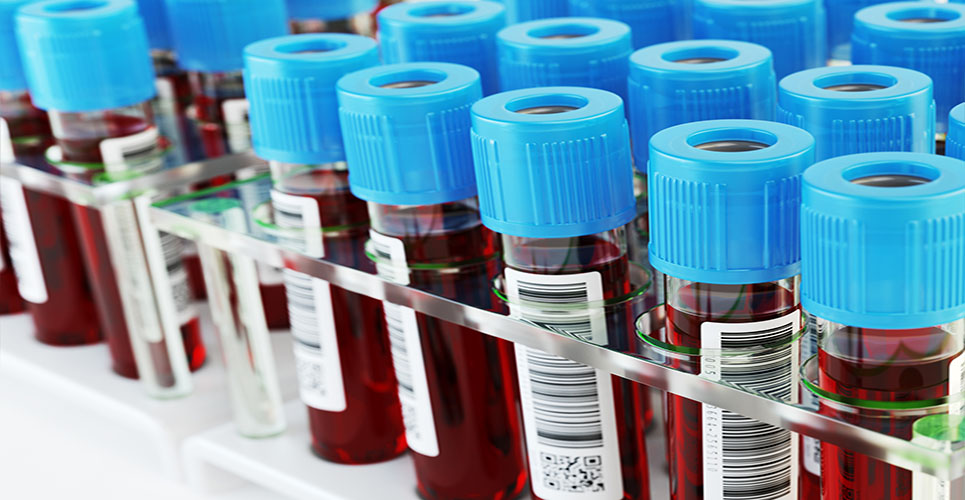teaser
A controlled trial has found that combining a proton-pump inhibitor(PPI) with a COX-2 inhibitor is more effective in reducing the risk ofgastrointestinal (GI) bleeding in high-risk patients than use of theCOX-2 inhibitor alone.
Patients taking NSAIDs are atincreased risk of GI bleeding and those with a past history of ulcerbleeding are at highest risk. Guidelines based on trial evidencesuggest benefits from using a COX-2 inhibitor or NSAID plus PPI inpatients at higher risk; however, there is limited evidence regardingthe safest option for the highest-risk patients.
Thistrial aimed to determine whether a COX-2 inhibitor plus a PPI wasbetter than the COX-2 inhibitor alone for reducing the risk ofrecurrent bleeding in patients who had previous NSAID-induced bleedingand continued to need an anti-inflammatory analgesic.
Itincluded patients with upper-GI bleeding who were taking a nonselectiveNSAID for arthritis. They were taken off the NSAID, treated for Helicobacter pyloriinfection if appropriate and given a PPI for eight weeks to promoteulcer healing. Eligible patients were those for whom this regimensuccessfully treated any H pylori infectionand healed their ulcer and who continued to require NSAID therapy. Theywere randomised to receive celecoxib 200mg twice-daily plus eitheresomeprazole or placebo daily. Study duration was 12 months andpatients were followed-up at two-month intervals and at 13 months;primary outcome was recurrent ulcer bleeding during treatment and up toa month from the end of treatment.
Of 441 patientsscreened, 273 were randomised and eligible for the intention-to-treatanalysis – 137 to combined treatment and 136 to control (celecoxibalone). Median follow-up was 13 months and treatment compliance wasgood in both groups (>90%). Combination treatment was more effectivethan the control: there were no primary endpoint events in thecombination group vs 12 (8.9%) in the control group (95% CI for thedifference 4.1–13.7, p=0.0004).
The authors conclude thatthe combination of a COX-2 inhibitor plus a PPI is effective inpatients at very high risk of NSAID-induced GI bleeding and should thusbe used in such patients. They suggest that organisations producingguidelines in this area should review their recommendations accordingly.
Lancet 2007;369:1621-6

